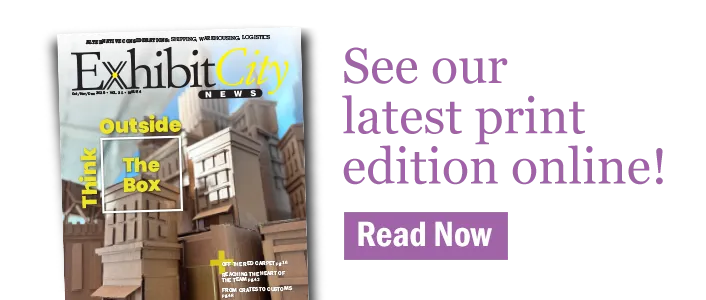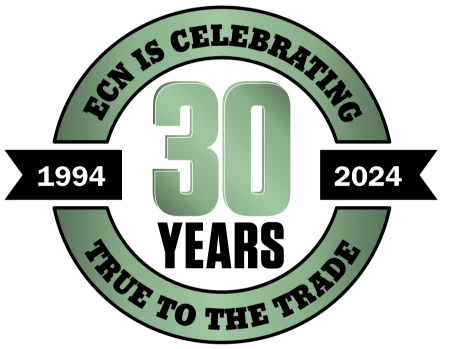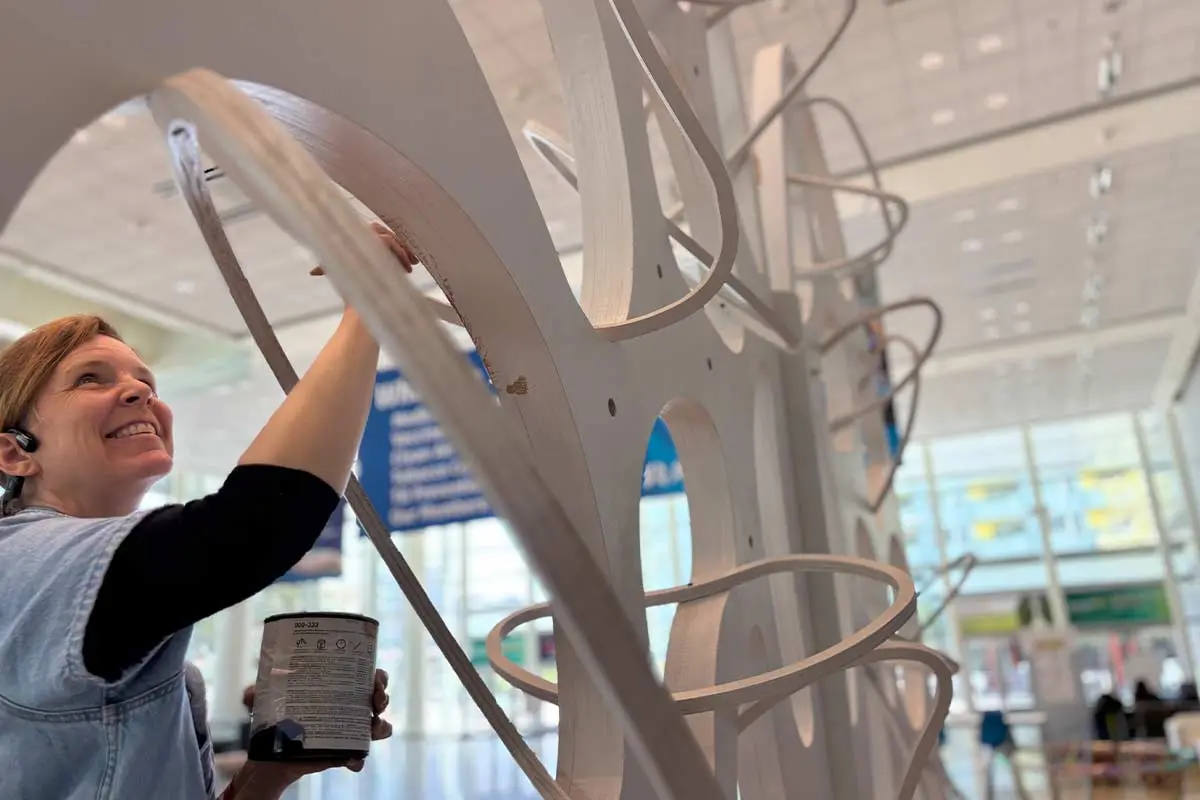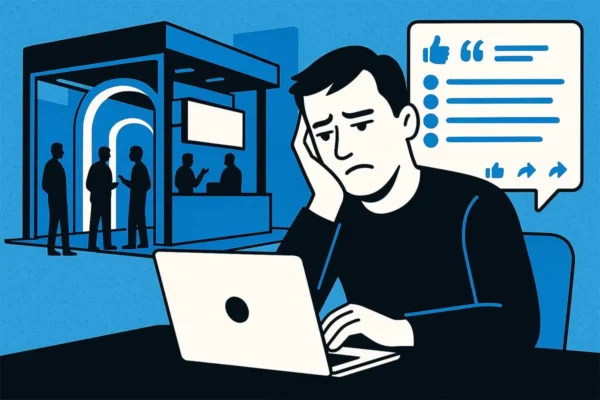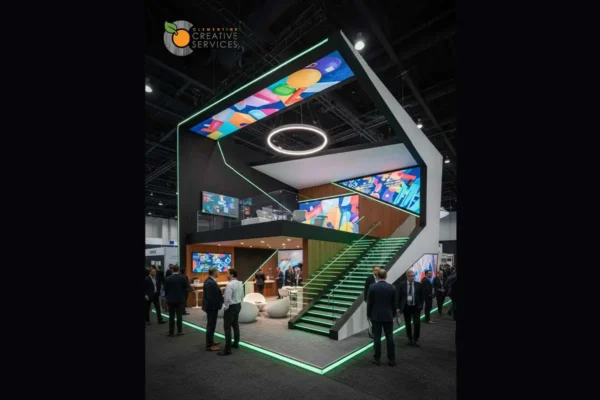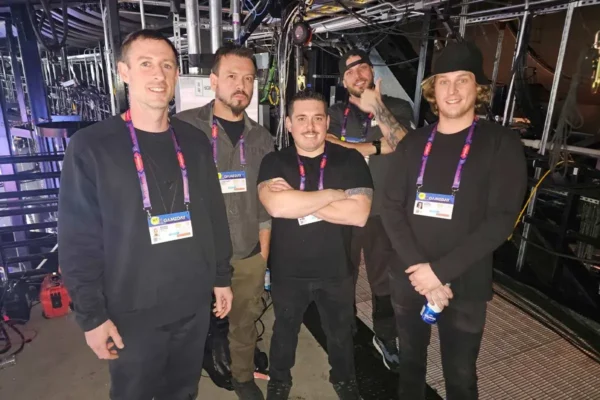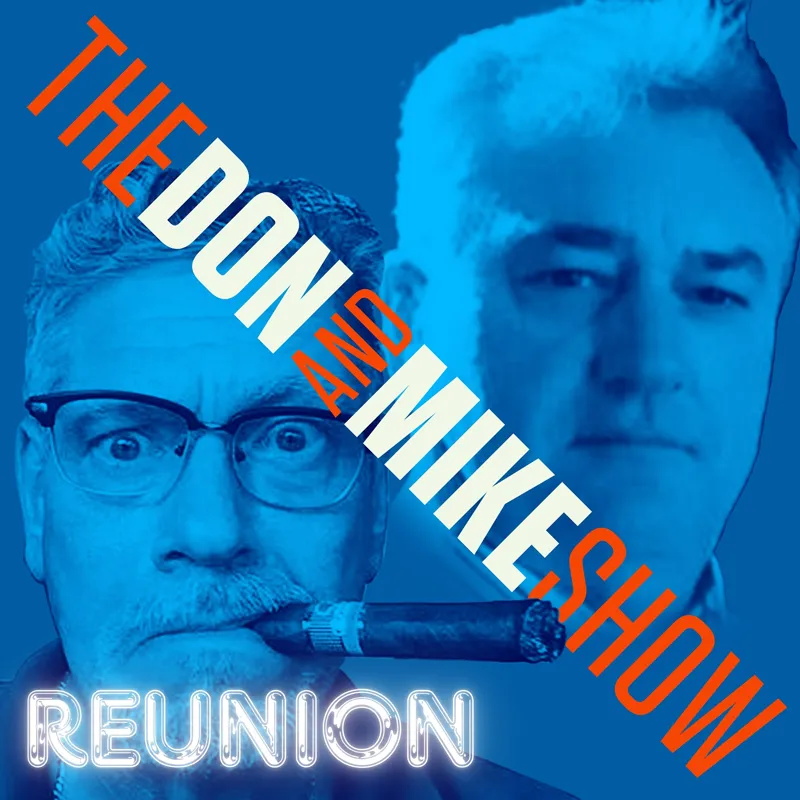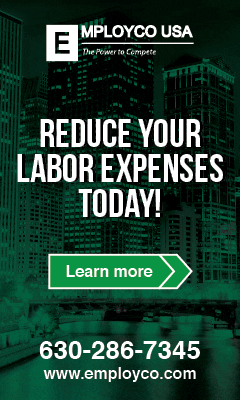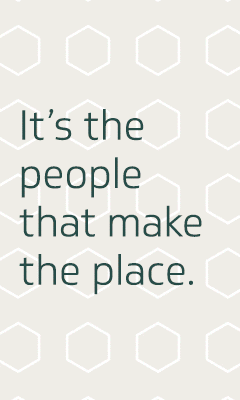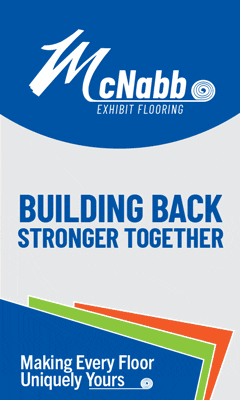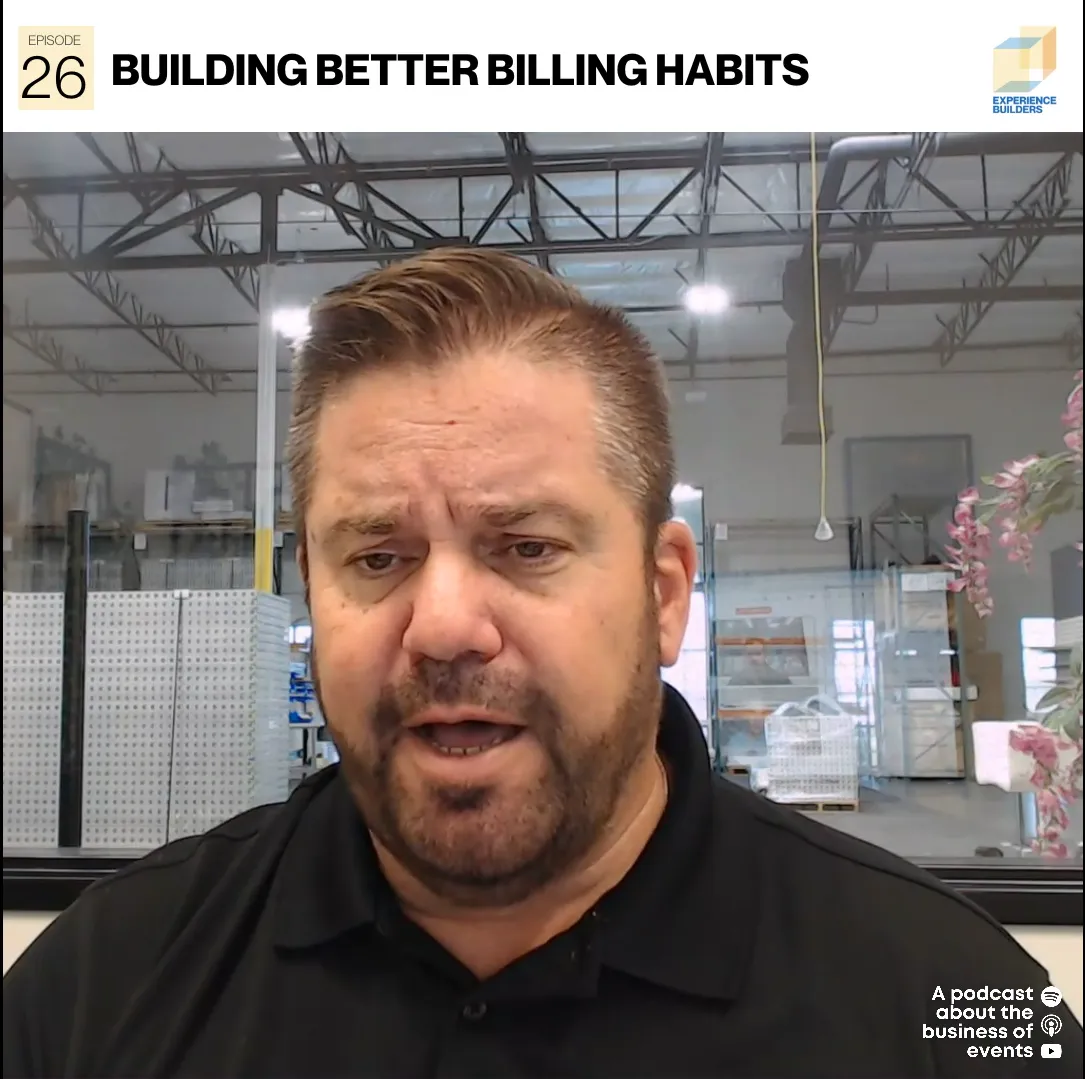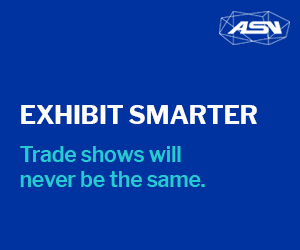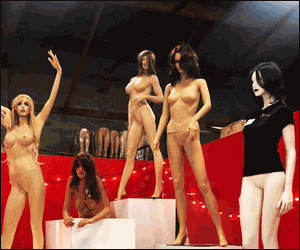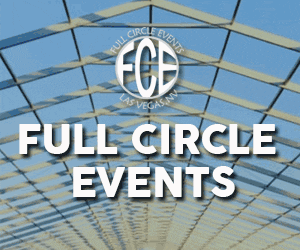Sponsorships at events are a nearly indispensable source of revenue for show managers and associations. The price per square foot of space at an event doesn’t necessarily cover the cost of producing the event, and it certainly doesn’t allow much wiggle room for profitability. How to make up for the shortfall? Sponsorships.
Here’s how it usually works: the association or event management company offers exhibitors a list of sponsorships “to get your name out there.” The list usually includes opportunities like: banner ads or hanging banners; lanyards; meal functions where a representative from a sponsoring company gives a welcome speech, or worse, shows a corporate video; or “show bags” with the event name on one side and the sponsor’s name on the other. Other options may include: escalator handrail “wraps,” analog ads on the inside of bathroom stall doors, plastic bag that contain brochures, or reminder articles submitted by exhibitors.
Let’s take a test: what company’s brand was on your last lanyard? What did you do with the stuff in the show bag (unless it was edible, in which case you either tossed it or ate it)? Which company sponsored the last meal function you attended? For extra credit: Did you recycle that lanyard or bag—or did you add it to the tons of waste generated by events?
In a corporate environment where expenditures are expected to yield a return on investment, how did your last sponsorship perform? Did anyone in the target audience approach you to thank you for putting your name on the bag? Did your lanyard investment create memorability?
Is there an alternative to this process?
Yes, there is—and here’s how it worked for one exhibitor.
Medical congresses are a vital channel for both disseminating information and building brand awareness. In addition to the exhibit on the show floor, most congresses offer exhibitors additional opportunities in the form of sponsorships for reaching healthcare professionals (HCPs). When Access TCA (Access) client Boehringer Ingelheim, a health care company, reviewed the sponsorships offered from the American Thoracic Society (ATS), they noticed that there was nothing about sustainability, one of Boehringer Ingelheim’s core values. Access and Boehringer Ingelheim approached the team at ATS and suggested a sustainability sponsorship, a suggestion that was met with enthusiastic approval.
An Artistic Touch
Collaborating with the Moscone Center, Recology of San Francisco, and The Recovery Crew (a trio of artists with a shared passion for repurposing materials), the Access team suggested a live art installation: a sculpture that would speak to Boehringer Ingelheim’s core values of their commitment to human health, lung disease, and sustainability. The installation would grow and develop throughout ATS.
The proposed activation involved using “found” materials, including attendee and exhibitor waste items, to produce the artwork. The sculpture explored the intricate relationship between urban environments—including an intricate cityscape of San Francisco created with waste cardboard—and natural ecosystems, particularly focusing on lung health and balance. The sculpture is loosely based on the dual conical shapes of a set of human lungs and can rotate.
Large containers were provided for waste collection. The artists curated the collected materials, ensuring they were clean and suitable for the sculpture as they were added to each side of the lungs to maintain balance. The resulting sculpture evolved into a dynamic display representing the physical lungs, disease awareness, and the resilience of patients battling interstitial lung disease (ILD). Signage reminded attendees viewing the sculpture to visit space 928, the Boehringer Ingelheim disease exhibit on the exhibit floor, which focused on learning more about ILD.
The sculpture was designed to be lit and base-mounted, ensuring it would have a life beyond the ATS lobby at Moscone Center, whether on permanent display in a new location or on the road as part of an exhibit. Reflecting Boehringer Ingelheim’s commitment to healthcare: “Improving the health of humans – for generations,” the finished sculpture conveyed messages about human health and sustainability.
Sponsorship Strategies
Sponsorships should reflect your company’s core values. Planning should be part of your strategy, which means developing a consistent approach to reach the audience through sponsorships and activations that reflect your entire event program. How do you do that?
Start early. At your initial strategy meeting for an event, decide what value or hallmark of your company you want to showcase.
Determine how you will create an activation to engage attendees and help them recognize your core values.
Discuss your plan thoroughly with show management or the association. Be willing to compromise, but don’t settle for a sponsorship that misses the message you want to send.
Sponsorship revenue helps keep the lights on. Negotiate with show management to put a price on your idea. This will likely not include production and other costs, so be sure your budget is sufficient and that your idea is exceptional.
Your active involvement in creating and executing the sponsorship is critical. That’s a major difference between an off-the-shelf idea and your own.
Develop a PR plan for your sponsorship, considering options like social media, industry press coverage, broadcast—and any other opportunities you can uncover.
If your sponsorship is successful, show management will want to offer it to exhibitors next year. Be sure to grandfather in your right of first refusal, as your sponsorship could become a definitive brand asset.
This story originally appeared as a truncated version in the Q4 2025 issue of Exhibit City News, p. 26. For original layout, visit https://issuu.com/exhibitcitynews/docs/exhibit_city_news_-_oct_nov_dec_2025/26.



